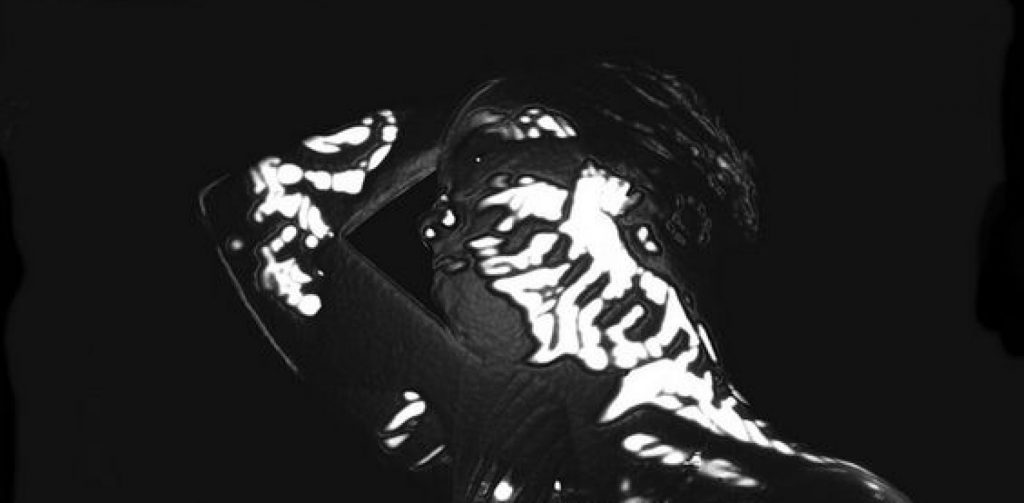BIO –
Felisha Ledesma is a Berlin based sound artist and musician. Ledesma co-founded and directed S1, a project space that hosted experimental music, performance and visual art as well as being the headquarters for the Synth Library – a lending library for electronic music equipment. Most recently Felisha conceptualized a synthesizer, AMQR, together with instrument designer Ess Mattisson which was used on Ledesma’s releases for labels Ecstatic Recordings and Enmossed x Psychic Liberation. This collaboration led to the formation of Fors, a music technology project creating software instruments.
NOTES –
- I like the idea of S1, a ‘project space’ is a good term and it invites a wide variety of different disciplines to collaborate and share ideas
- Sound collages on CDJ’s – running through modular – very interesting approach
- Worked with Liz Harris aka Grouper – amazing ambient artist
- Having work existing in the world regardless of self perception of it is important, you can use it to reflect parts of yourself
- Enmossed x Psychic Liberation “Sweet Hour” – Record released in 2020, sweeping and jagged synth sounds – rough sonic timbres with ethereal undertones – described as a “timbral massage”
- AMQR – software based around concept of ASMR
- Designed a max for live plugin called “Superberry”, a very niche synth with interesting LFO parameters
THOUGHTS –
I enjoyed Felisha’s talk a lot. I felt that she came across in a really natural way and just by how she would explain things I could tell there was a clear passion and emotional connection with her work. The emotional connection was explained through saying that her work reflects things she’s been through or it helps her to understand certain areas of life. I have a very similar mindset so I felt like I could really connect with her, the words definitely resonated with me. I love the strong connection Felisha has to her community, and her desire to stand behind her ideas despite the fact that they could alienate a lot of people, as she put it.
Out of everything, however, it was one comment Felisha made about performing sound collages with Pioneer CDJ decks and feeding them through a modular unit that really caught my attention. I have recently begun to practice and hone my skill as a DJ and live performer, and naturally being on a sound arts course I have been thinking of how I could take the art of DJ’ing out of the very small box that most DJ’s operate in. I decided to research a little more how DJ’ing can be expanded into more experimental territory and found a whole world of Ableton Live DJ setups using samplers and Euro Rack systems, Pioneer mixer/modular hybrids and DJ setups that work outside of the traditional deck layout. This one comment from Felisha has introduced me to a new way of thinking and I would like to continue down this path as the course progresses. I might even decide to focus my essay on this, or at least use these methods as a starting point for my research.

